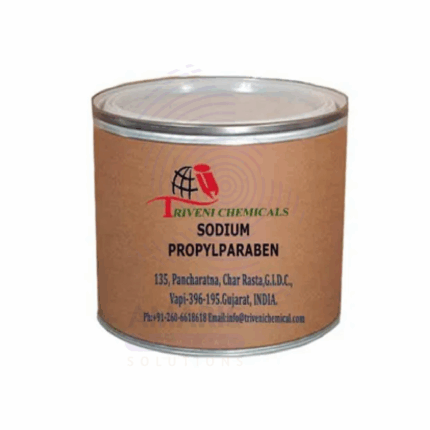EDTA Tetrasodium Salt
EDTA Tetrasodium Salt (Ethylenediaminetetraacetic acid tetrasodium salt) is a highly water-soluble chelating agent widely used to bind and sequester metal ions such as calcium, magnesium, iron, and heavy metals. It is the fully neutralized, alkaline form of EDTA, typically supplied as a white granular or powder form. This salt exhibits excellent chelating efficiency at neutral to alkaline pH levels, making it a critical additive in numerous industrial, pharmaceutical, cosmetic, agricultural, and water treatment applications. Its ability to prevent metal-induced degradation and enhance formulation stability makes it invaluable in many sectors.
EDTA Tetrasodium Salt
Primary Uses
Water Treatment & Industrial Cleaning
- Chelates metal ions in water systems to prevent scale formation, corrosion, and discoloration.
- Used in detergents and cleaning agents to soften water and improve cleaning efficacy by binding calcium and magnesium ions.
- Applied in pulp and paper manufacturing to control metal impurities and enhance process efficiency.Cosmetics & Personal Care
- Commonly included in shampoos, conditioners, creams, lotions, and soaps to stabilize formulations by binding trace metals that can degrade product quality.
- Enhances foam stability, texture, and shelf life in personal care products by softening hard water.
- Prevents discoloration, rancidity, and degradation of fragrances and active ingredients.Pharmaceuticals & Medicine
- Utilized as a stabilizer to protect active pharmaceutical ingredients from metal-catalyzed oxidation.
- Employed in injectable solutions and topical formulations to ensure chemical stability.
- Used in chelation therapy formulations for heavy metal detoxification.Food Industry
- Functions as a food additive (E386) approved in some regions to preserve color, flavor, and texture by binding metal ions that catalyze oxidation reactions.
- Common in canned vegetables, seafood, and beverages to extend shelf life and maintain product integrity.Agriculture & Horticulture
- Applied in micronutrient fertilizers to chelate iron, zinc, manganese, and copper, increasing their bioavailability to plants.
- Helps prevent precipitation of micronutrients in soil and foliar sprays, enhancing nutrient uptake.
Secondary Uses
Analytical Chemistry
- Used as a standard chelating agent in complexometric titrations for quantitative analysis of metal ions.Textile Industry
- Acts as a metal ion scavenger to prevent color fading and fabric damage during dyeing and finishing.Photography
- Incorporated in photographic processing solutions to stabilize metal ions.
- Basic Identification Attributes
- Chemical Name (IUPAC): Tetrasodium 2,2',2'',2'''-(ethane-1,2-diyldinitrilo)tetraacetate
- Common/Trade Name: EDTA Tetrasodium Salt
- CAS Number: 13235-36-4
- HS Code: 2922.49.00
- Molecular Formula: C₁₀H₁₂N₂Na₄O₈
- Synonyms:
- Tetrasodium EDTA
- EDTA-4Na
- Ethylenediaminetetraacetate tetrasodium salt
- Versene Sodium Salt
- Physical & Chemical Properties
- Physical State: White granular or crystalline powder
- Color & Odor: White; odorless
- pH (1% aqueous solution): Typically 10–11 (alkaline)
- Solubility: Highly soluble in water; insoluble in most organic solvents
- Stability: Stable under normal storage; decomposes above 200°C
- Melting Point: Decomposes above 240°C
- Safety & Hazard Attributes
- Hazard Class (GHS): Not classified as hazardous
- Toxicity: Low toxicity; may cause mild irritation on skin or eyes
- Exposure Limits: Not established
- Storage & Handling Attributes
- Storage Conditions: Store in a cool, dry place, tightly sealed to prevent moisture uptake
- Container Type: Polyethylene-lined bags, drums, or bulk containers
- Shelf Life: 2–3 years under proper storage
- Handling Precautions: Avoid dust formation and inhalation; use PPE as necessary
- Regulatory & Compliance Attributes
- Approved for use in food, cosmetics, pharmaceuticals, and industrial products by global regulatory agencies
- Complies with REACH and other environmental safety standards
- Environmental & Health Impact
- Biodegradability: Slowly biodegradable under aerobic conditions
- Ecotoxicity: Low to moderate aquatic toxicity; avoid environmental release in large quantities
- Bioaccumulation: Not expected
Carcinogenicity/Mutagenicity: Not classified as carcinogenic or mutagenic
Safety Handling Precautions
PPE Required:
- Dust mask or respirator (for powder handling)
- Safety goggles
- Gloves (nitrile or latex)
- Protective clothing or lab coat
Handling Guidelines:
- Use in well-ventilated areas
- Minimize dust generation and avoid inhalation
- Avoid eye and skin contact
- Employ dust extraction or local exhaust ventilation when handling bulk powder
Storage Measures:
- Keep containers tightly sealed
- Store away from acids and incompatible substances
- Protect from moisture and humidity
Hygiene Practices:
- Wash hands thoroughly after handling
- Avoid eating, drinking, or smoking in the work area
- Clean work surfaces and equipment regularly
First Aid Measures
- Inhalation: Move to fresh air; seek medical attention if irritation persists
- Skin Contact: Wash with soap and water; seek medical advice if irritation occurs
- Eye Contact: Rinse thoroughly with water for at least 15 minutes; seek medical attention if irritation continues
- Ingestion: Rinse mouth; consult physician if large amounts ingested or if symptoms develop
Firefighting Measures
- Fire Hazards: Non-flammable
- Extinguishing Media: Water spray, foam, dry chemical, or carbon dioxide
- Special Precautions: Use standard firefighting protective equipment
- Decomposition Products: May release toxic gases such as nitrogen oxides and sodium oxides on combustion


 Preservatives(food)
Preservatives(food) Flavor Enhancers
Flavor Enhancers Acidulants
Acidulants Sweeteners
Sweeteners Antioxidants
Antioxidants Colorants(food)
Colorants(food) Nutraceutical Ingredients (food)
Nutraceutical Ingredients (food) Nutrient Supplements
Nutrient Supplements Emulsifiers
Emulsifiers
 Collectors
Collectors Dust Suppressants
Dust Suppressants Explosives and Blasting Agents
Explosives and Blasting Agents Flocculants and Coagulants
Flocculants and Coagulants Frothers
Frothers Leaching Agents
Leaching Agents pH Modifiers
pH Modifiers Precious Metal Extraction Agents
Precious Metal Extraction Agents
 Antioxidants(plastic)
Antioxidants(plastic) Colorants (Pigments, Dyes)
Colorants (Pigments, Dyes) Fillers and Reinforcements
Fillers and Reinforcements Flame Retardants
Flame Retardants Monomers
Monomers Plasticizers
Plasticizers Polymerization Initiators
Polymerization Initiators Stabilizers (UV, Heat)
Stabilizers (UV, Heat)
 Antifoaming Agents
Antifoaming Agents Chelating Agents
Chelating Agents Coagulants and Flocculants
Coagulants and Flocculants Corrosion Inhibitors
Corrosion Inhibitors Disinfectants and Biocides
Disinfectants and Biocides Oxidizing Agents
Oxidizing Agents pH Adjusters
pH Adjusters Scale Inhibitors( water)
Scale Inhibitors( water)
 Antioxidants(cosmetic)
Antioxidants(cosmetic) Emollients
Emollients Fragrances and Essential Oils
Fragrances and Essential Oils Humectants
Humectants Preservatives
Preservatives Surfactants(cosmetic)
Surfactants(cosmetic) Thickeners
Thickeners UV Filters
UV Filters
 Fertilizers
Fertilizers Soil Conditioners
Soil Conditioners Plant Growth Regulators
Plant Growth Regulators Animal Feed Additives
Animal Feed Additives Biostimulants
Biostimulants Pesticides (Herbicides, Insecticides, Fungicides)
Pesticides (Herbicides, Insecticides, Fungicides)
 Active Pharmaceutical Ingredients (APIs)
Active Pharmaceutical Ingredients (APIs) Excipients
Excipients Solvents(pharmaceutical)
Solvents(pharmaceutical) Antibiotics
Antibiotics Antiseptics and Disinfectants
Antiseptics and Disinfectants Vaccine Adjuvants
Vaccine Adjuvants Nutraceutical Ingredients (pharmaceutical)
Nutraceutical Ingredients (pharmaceutical) Analgesics & Antipyretics
Analgesics & Antipyretics
 Analytical Reagents
Analytical Reagents Solvents(lab)
Solvents(lab) Chromatography Chemicals
Chromatography Chemicals Spectroscopy Reagents
Spectroscopy Reagents microbiology-and-cell-culture-reagents
microbiology-and-cell-culture-reagents Molecular Biology Reagents
Molecular Biology Reagents Biochemical Reagents
Biochemical Reagents Inorganic and Organic Standards
Inorganic and Organic Standards Laboratory Safety Chemicals
Laboratory Safety Chemicals Specialty Laboratory Chemicals(Special Laboratory Equipment)
Specialty Laboratory Chemicals(Special Laboratory Equipment)
 Demulsifiers
Demulsifiers Hydraulic Fracturing Fluids
Hydraulic Fracturing Fluids Scale Inhibitors(oil)
Scale Inhibitors(oil) Surfactants(oil)
Surfactants(oil) Drilling Fluids
Drilling Fluids
 Dyes and Pigments
Dyes and Pigments Bleaching Agents
Bleaching Agents Softening Agents
Softening Agents Finishing Agents
Finishing Agents Antistatic Agents
Antistatic Agents
 Admixtures
Admixtures Waterproofing Agents
Waterproofing Agents Sealants and Adhesives
Sealants and Adhesives Curing Compounds
Curing Compounds Concrete Repair Chemicals
Concrete Repair Chemicals Anti-Corrosion Coatings
Anti-Corrosion Coatings
 Surfactants(cleaning)
Surfactants(cleaning) Builders
Builders Enzymes
Enzymes Solvents (Cleaning)
Solvents (Cleaning) Fragrances
Fragrances
 Electronic Chemicals
Electronic Chemicals Catalysts
Catalysts Lubricants
Lubricants Photographic Chemicals
Photographic Chemicals Refrigerants
Refrigerants Automotive chemicals
Automotive chemicals Pyrotechnic Chemicals
Pyrotechnic Chemicals
 Biodegradable Surfactants
Biodegradable Surfactants Bio-based Solvents
Bio-based Solvents Renewable Polymers
Renewable Polymers Carbon Capture Chemicals
Carbon Capture Chemicals Wastewater Treatment Chemicals
Wastewater Treatment Chemicals
 Pigments
Pigments Solvents(paint)
Solvents(paint) Specialty Coatings
Specialty Coatings Binders/Resins
Binders/Resins Additives
Additives Driers
Driers Anti-Corrosion Agents
Anti-Corrosion Agents Functional Coatings
Functional Coatings Application-Specific Coatings
Application-Specific Coatings
 Fresh Herbs
Fresh Herbs Ground Spices
Ground Spices Whole Spices
Whole Spices Spice Blends
Spice Blends Dried Herbs
Dried Herbs
 Leavening Agents
Leavening Agents Dough Conditioners
Dough Conditioners Flour Treatments
Flour Treatments Fat Replacers
Fat Replacers Decoratives
Decoratives Preservatives(baking)
Preservatives(baking)
 Plasticizers & Softeners
Plasticizers & Softeners Reinforcing Agents
Reinforcing Agents Adhesion Promoters
Adhesion Promoters Vulcanizing Agents
Vulcanizing Agents Antidegradants
Antidegradants Blowing Agents
Blowing Agents Fillers & Extenders
Fillers & Extenders Accelerators & Retarders
Accelerators & Retarders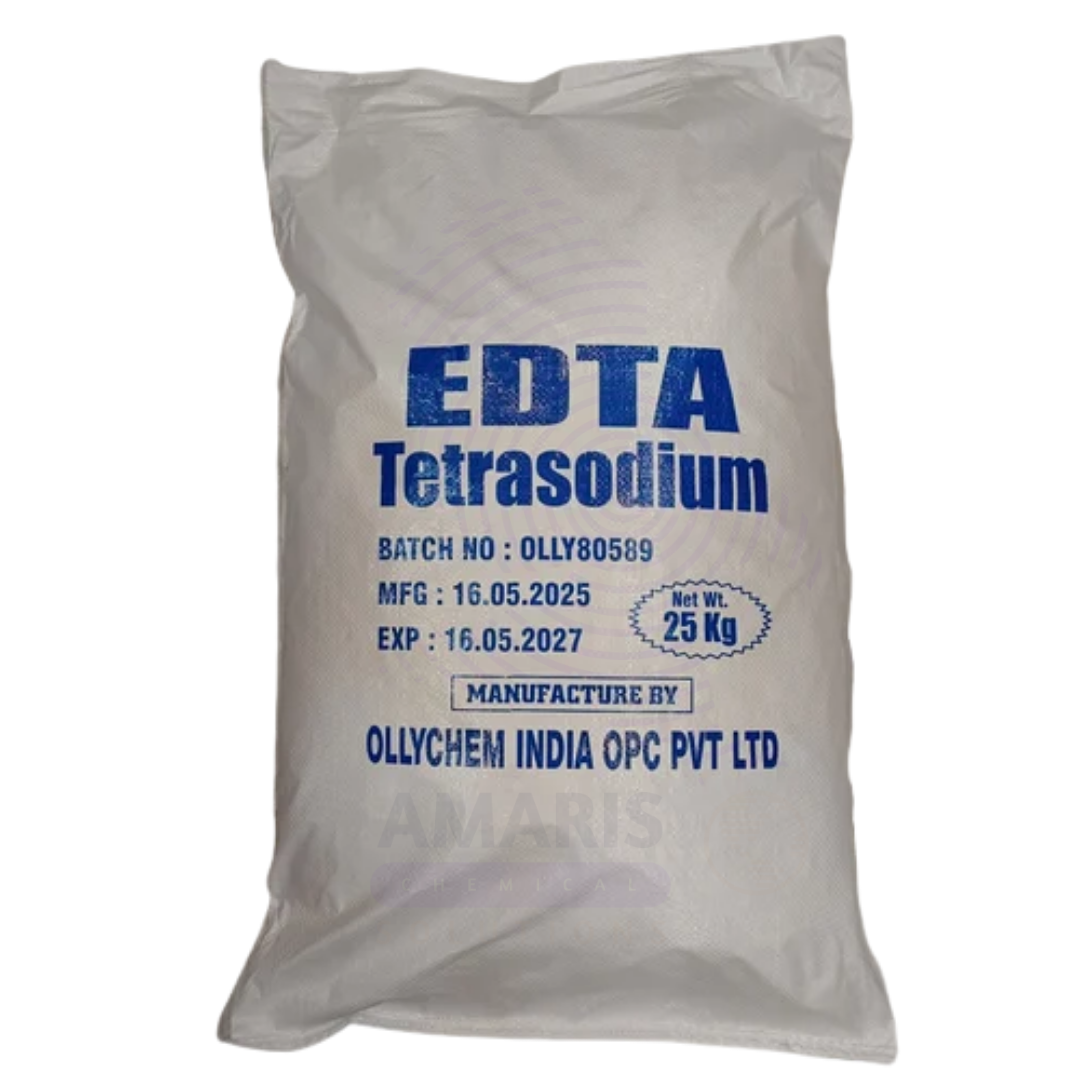
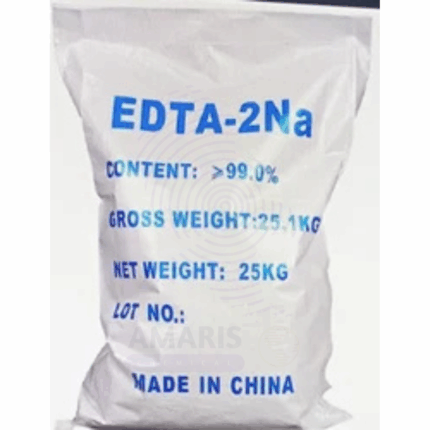





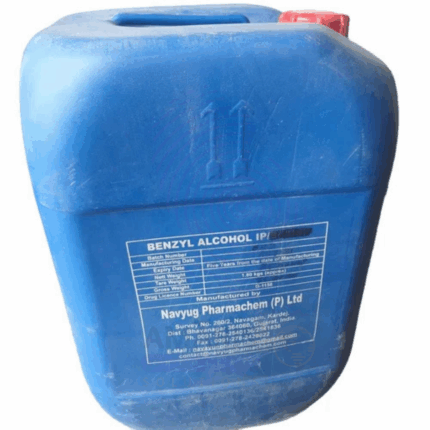
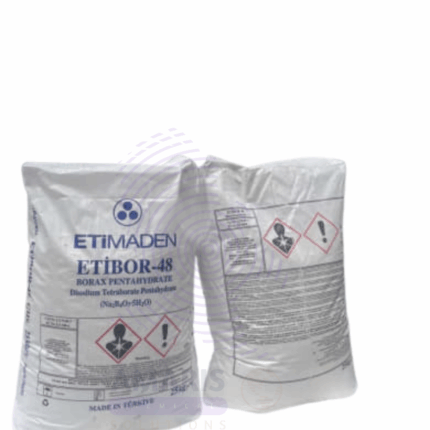
![Diethanolamine [C4H11NO2 or (CH2CH2OH)2NH] Amaris Chemicals](https://amarischemicalsolutions.com/wp-content/uploads/2025/07/Diethanolamine-C4H11NO2-or-CH2CH2OH2NH-Amaris-Chemicals-430x430.png)
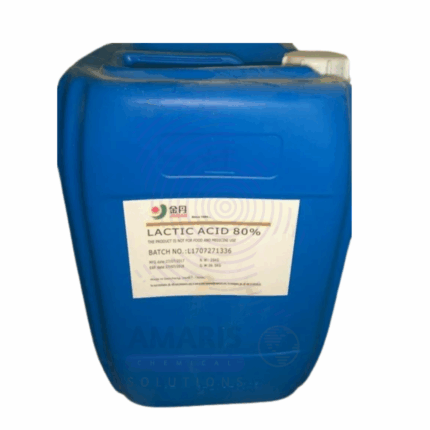
![Powder Sodium Mono Fluoro Phosphate [Na2PO3F] Amaris Chemicals](https://amarischemicalsolutions.com/wp-content/uploads/2025/09/Powder-Sodium-Mono-Fluoro-Phosphate-Na2PO3F-Amaris-Chemicals-430x430.png)
